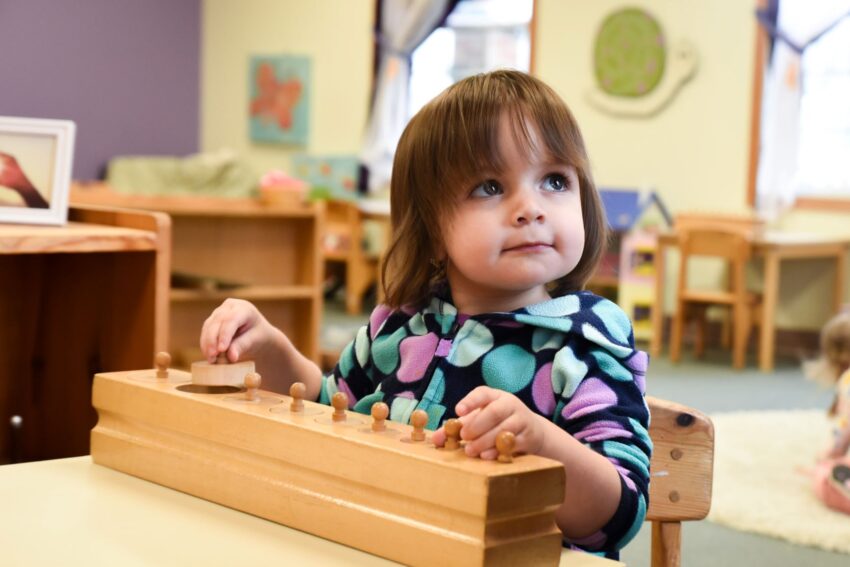Igniting Curiosity through International Montessori Measurement Activities: A Guide for Parents
Curiosity is the key to a child’s learning and development. As parents, it is essential to foster this curiosity by providing engaging and educational activities. Montessori measurement activities are a perfect way to ignite curiosity in children while teaching them valuable skills. In this guide, we will explore the importance of measurement activities and provide some examples that you can easily implement at home.
Why Montessori Measurement Activities?
Montessori measurement activities focus on the exploration and understanding of various measurements such as length, weight, volume, and time. These activities not only help children develop a strong mathematical foundation but also foster their cognitive, logical, and problem-solving skills.
Such activities provide a hands-on approach to learning, allowing children to actively engage with the concepts. By manipulating real-life objects and using measurement tools, children can grasp abstract ideas more effortlessly. Montessori measurement activities also encourage children to observe, compare, and make connections between different measurements, developing their critical thinking abilities.
Examples of Montessori Measurement Activities
1. Measuring Length with Non-Standard Units
To introduce the concept of length, you can use non-standard units such as paper clips or popsicle sticks. Ask your child to measure the length of various objects in the house using these units. For instance, measure the length of a bookshelf or a table. This activity will not only enhance their measurement skills but also facilitate the concept of comparison.
2. Estimating and Measuring Weight
Place different objects of varying weights on a scale and ask your child to estimate their weight beforehand. Then, let them measure the actual weight using a scale. This activity will teach children to make predictions, refine their estimations, and build a sense of measurement accuracy.
3. Measuring Capacity with Water
Fill containers of different sizes and shapes with water, allowing your child to pour water from one container into another. This hands-on activity will enable them to understand the concept of volume and capacity. Moreover, they will learn about terms like full, half-full, and empty.
4. Telling Time
Teaching children how to read analog clocks enables them to learn the concept of time measurement. Begin by explaining the hour and minute hands, then practice reading the time together. You can also create a daily routine chart and allow your child to set the time for different activities.
Montessori measurement activities offer an interactive and engaging way for children to learn and explore fundamental mathematical concepts. By igniting curiosity through these activities, parents can fuel their child’s thirst for knowledge and promote a love for learning.
Remember, the key to successful Montessori measurement activities is to provide real-life objects and appropriate measurement tools. Encourage your child to ask questions, think critically, and make connections between various measurements. These activities will help children develop essential mathematical skills, logical thinking, problem-solving abilities, and a deeper understanding of the world around them.
By incorporating Montessori measurement activities into your daily routine, you can create an environment that fosters curiosity and promotes lifelong learning. Start igniting your child’s curiosity today and watch them thrive academically and intellectually.
Nidhin
For More Details Call: +917510220582

